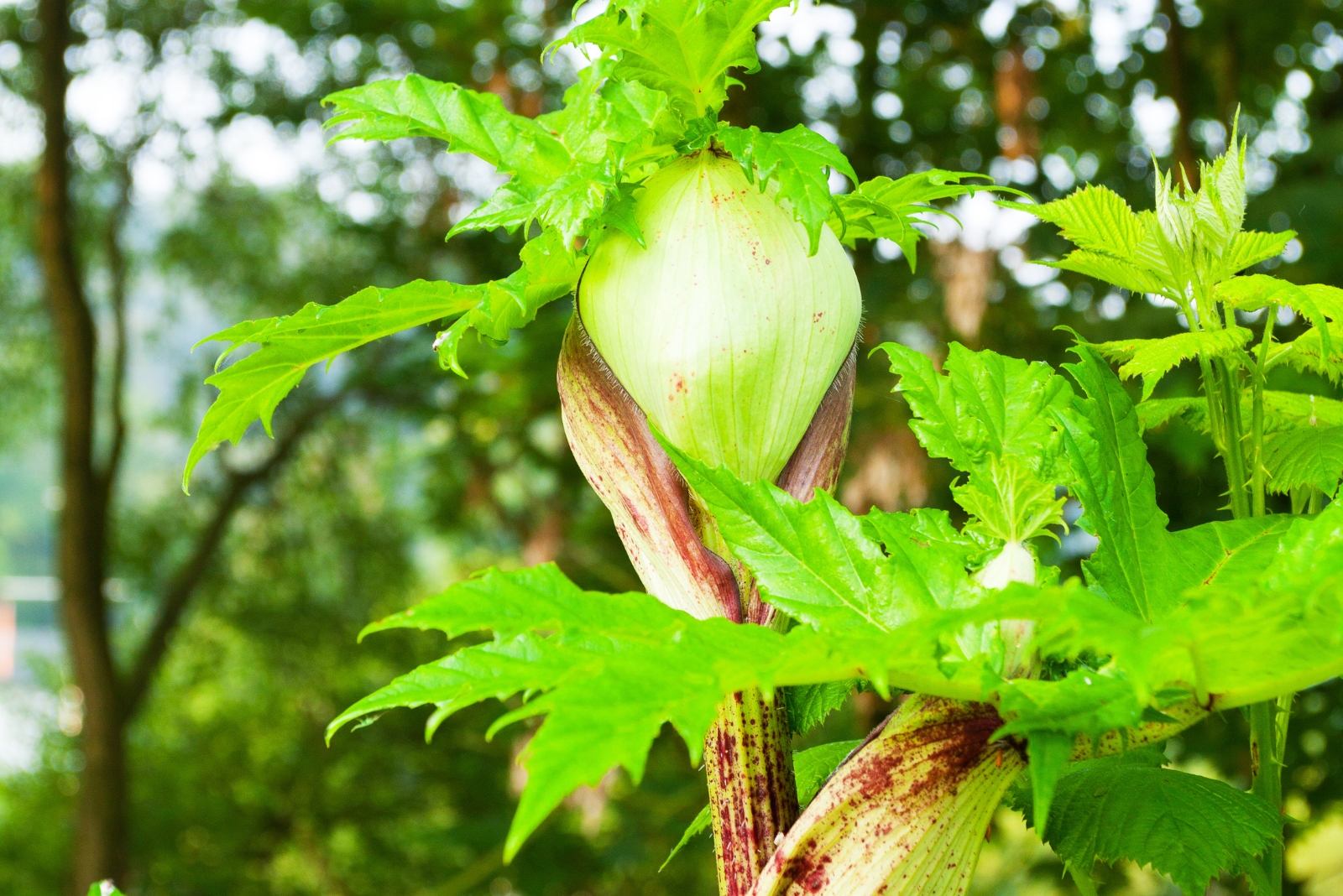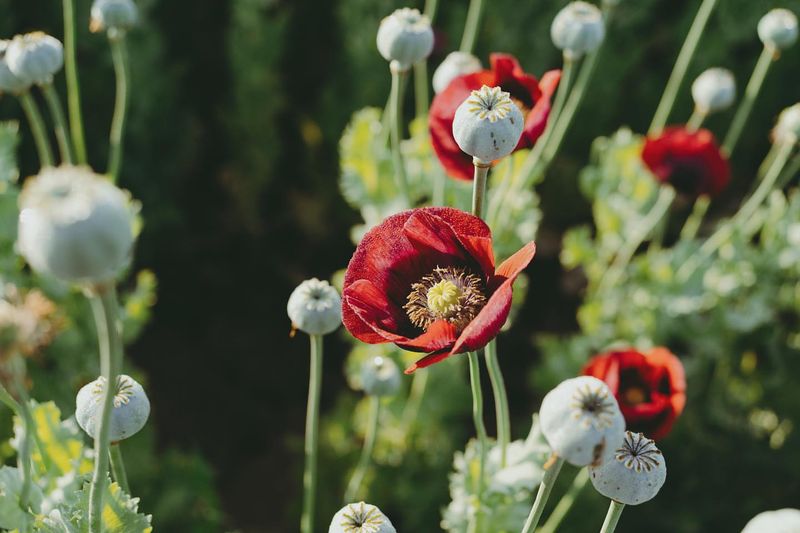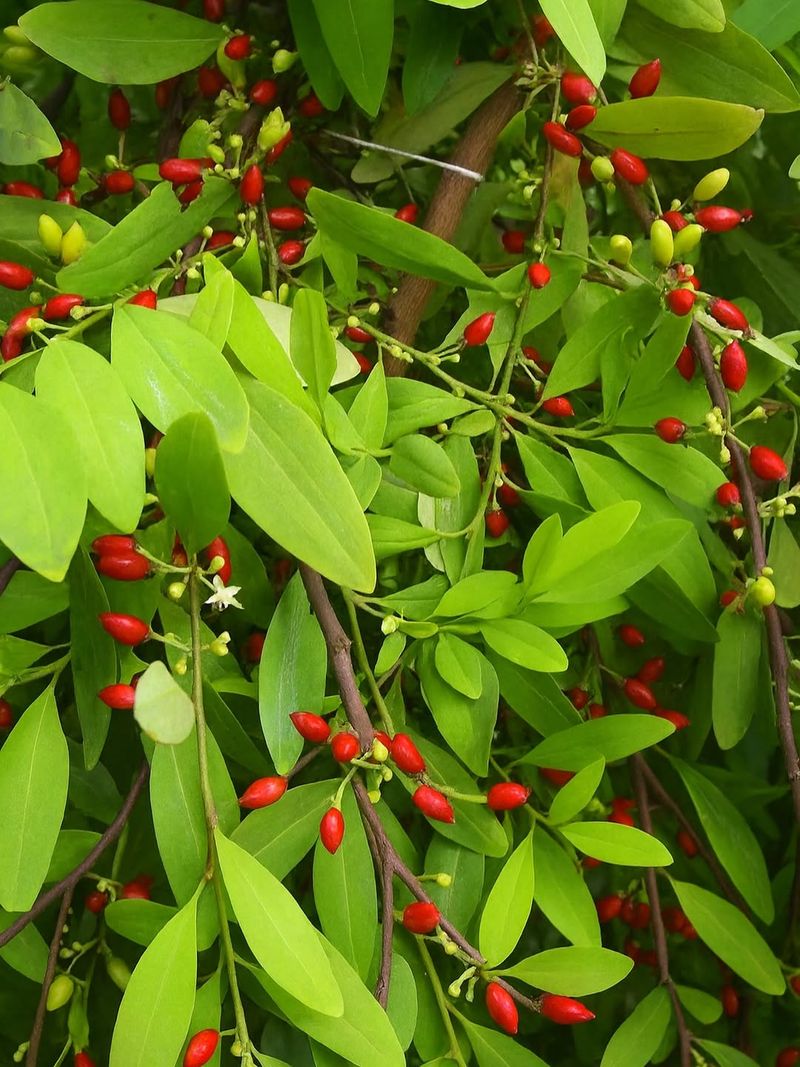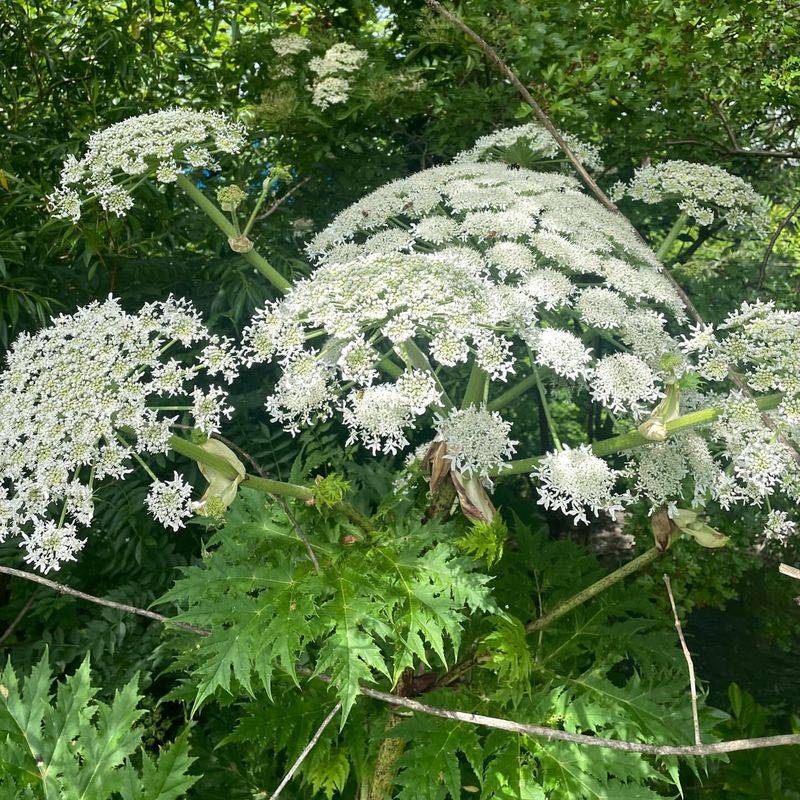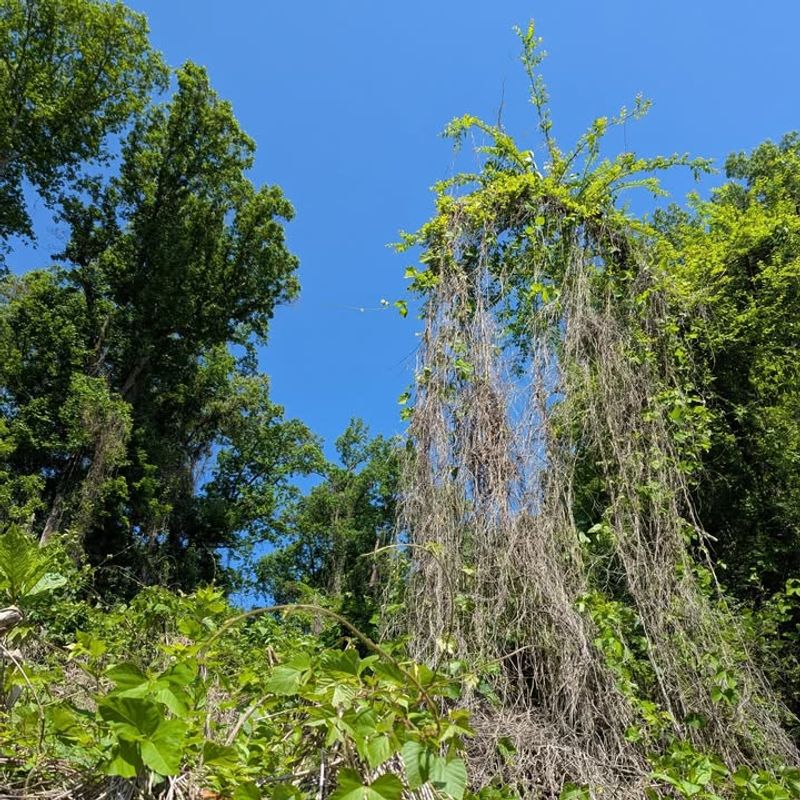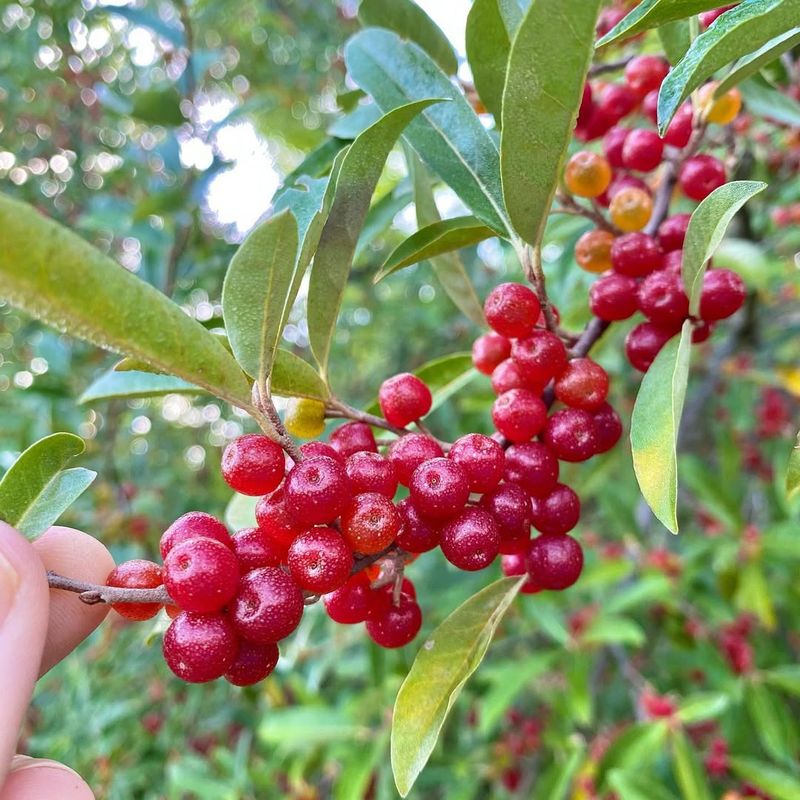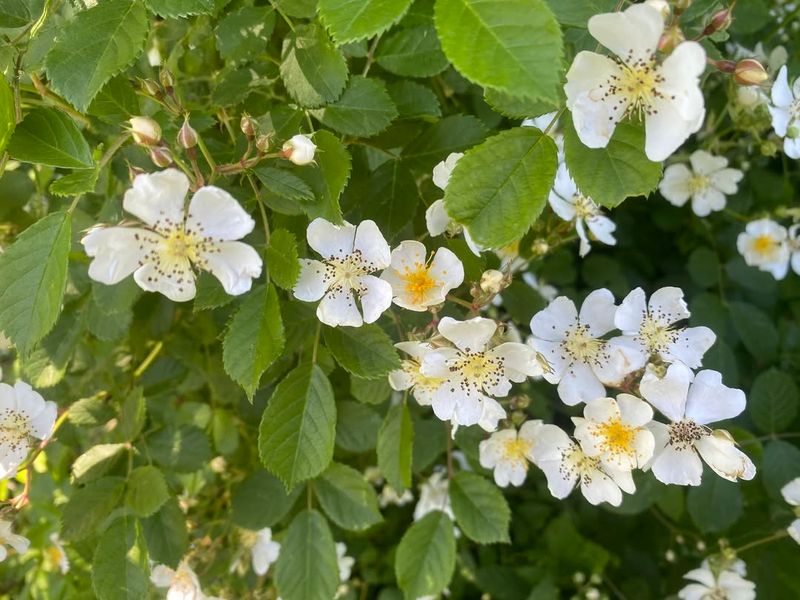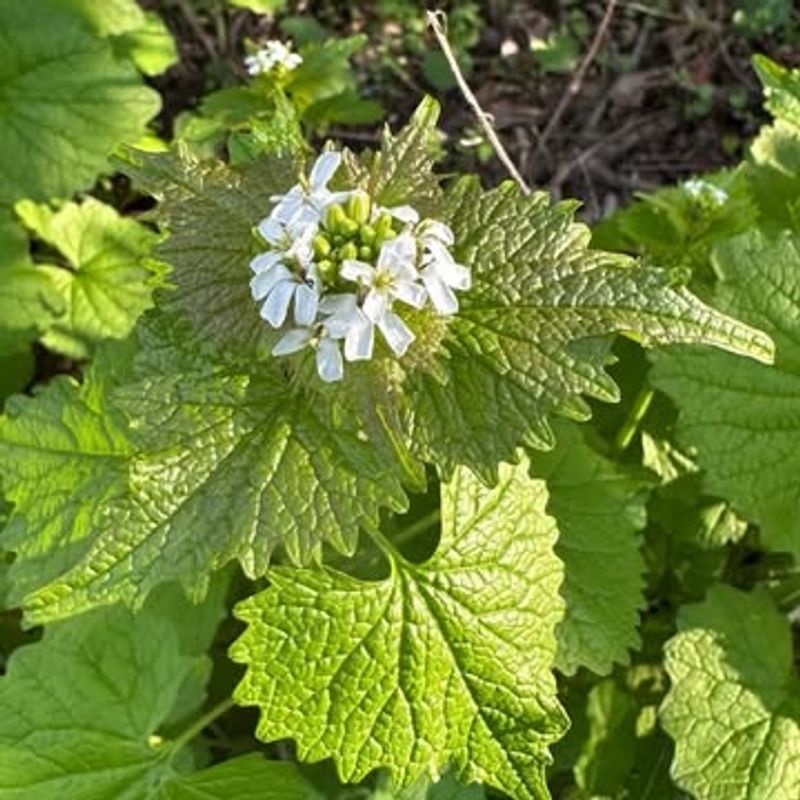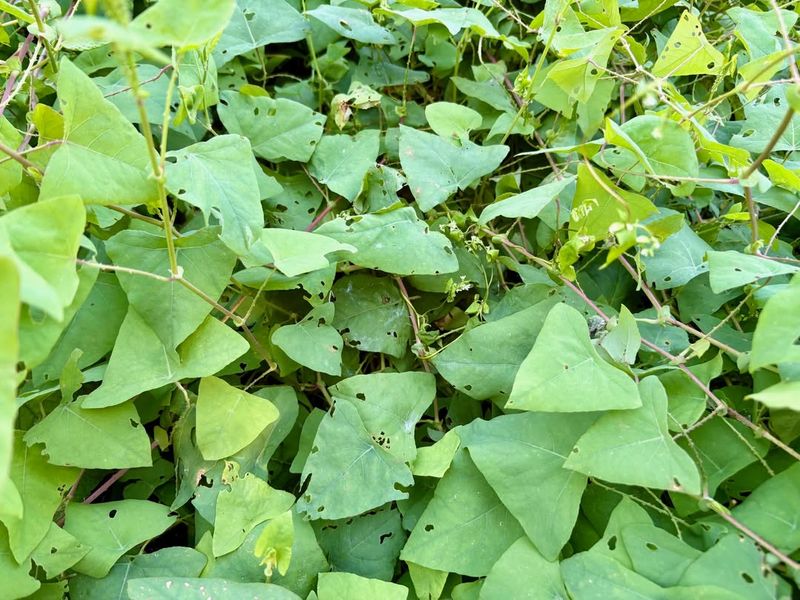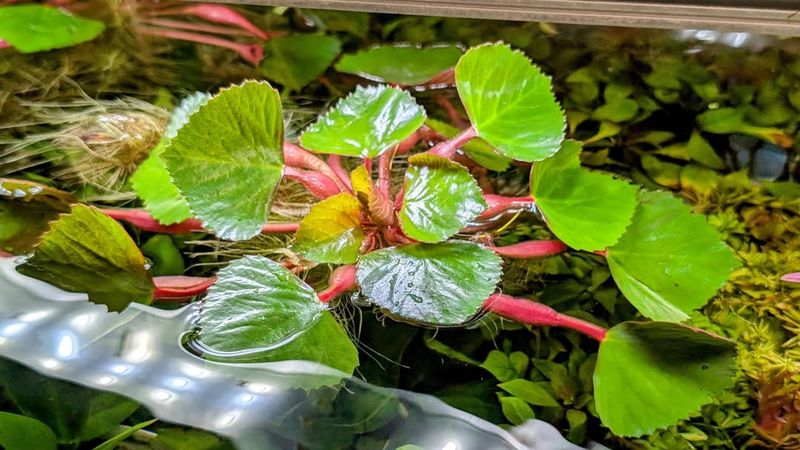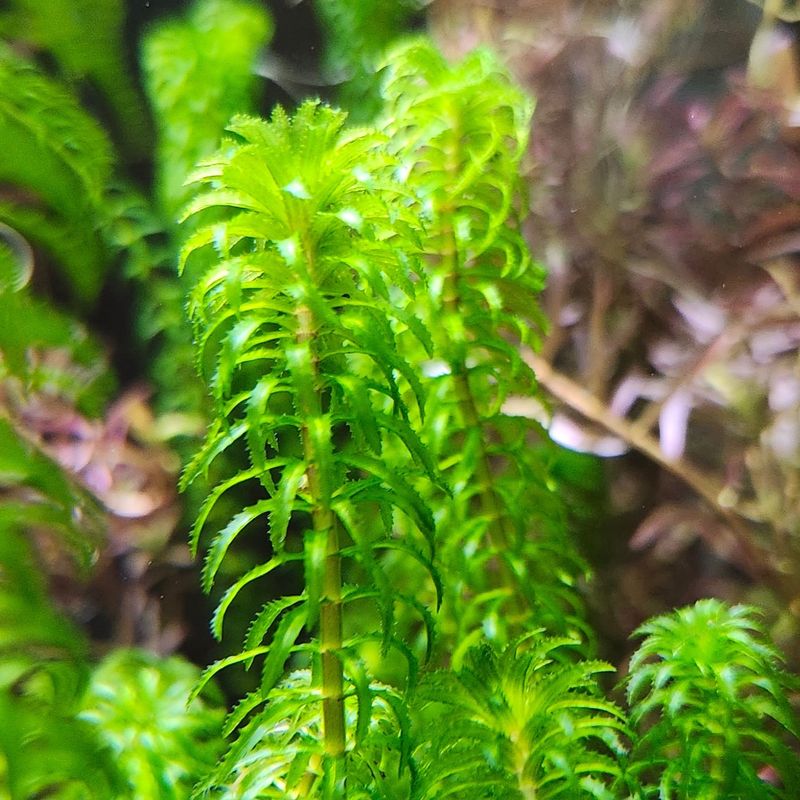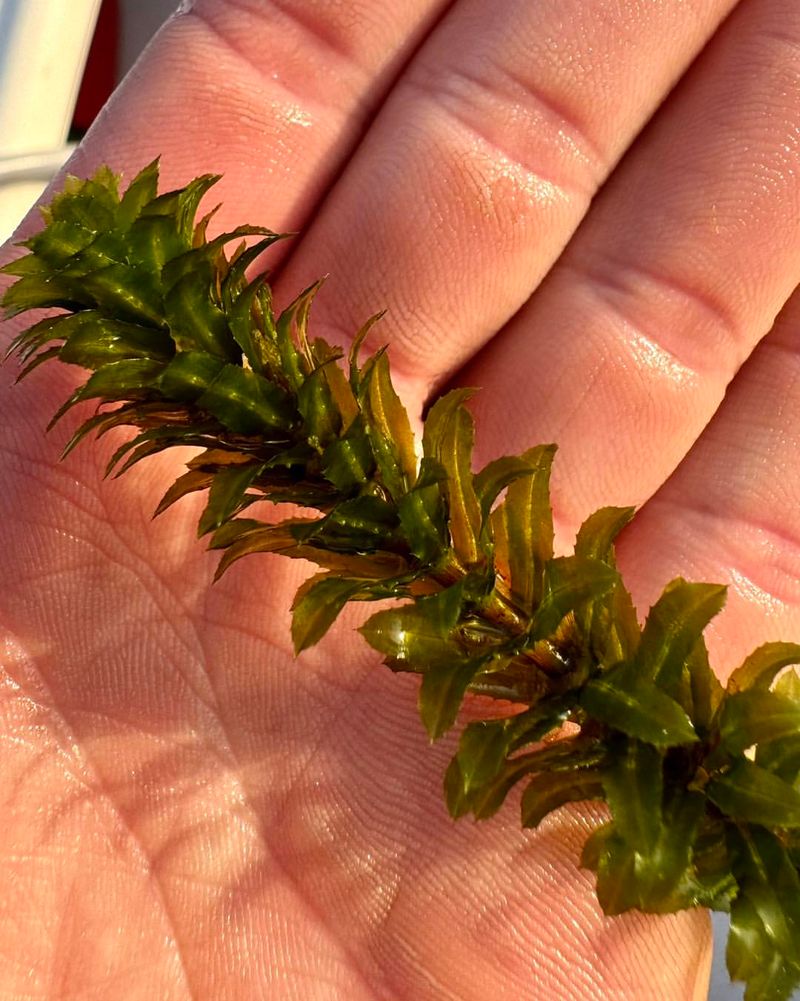Ohio homeowners love gardening, but not every plant is legal to grow in your backyard. Some crops are banned because they can harm the environment, spread diseases, or even break federal laws.
Knowing which plants to avoid can save you from hefty fines and legal trouble while keeping your neighborhood safe.
1. Cannabis (Marijuana)
Growing marijuana at home remains illegal for most Ohio residents despite recent changes in state law. Only licensed medical patients can cultivate small amounts under strict conditions.
Breaking these rules can lead to serious criminal charges and jail time. Law enforcement actively monitors for illegal growing operations throughout the state.
Even if neighboring states have legalized recreational cannabis, Ohio maintains tight restrictions. Always check current regulations before considering any cannabis cultivation at your property.
2. Opium Poppy (Papaver somniferum)
Beautiful as they may be, opium poppies are federally banned because they produce narcotics. Many gardeners accidentally plant them without realizing the legal consequences involved.
Federal law prohibits growing these poppies even for ornamental purposes. Possession can result in prosecution under the Controlled Substances Act.
While some decorative poppies are legal, Papaver somniferum specifically creates opium alkaloids. Stick to California poppies or Iceland poppies for safe, stunning garden displays instead of risking legal trouble.
3. Coca Plants (Erythroxylum coca)
Coca plants are the source of cocaine, making them completely illegal to grow anywhere in the United States. Federal authorities treat coca cultivation as a serious drug manufacturing offense.
Even claiming ignorance or cultural reasons will not protect you from prosecution. The plant contains alkaloids that are strictly controlled substances.
Some people confuse coca with cocoa, but they are entirely different plants. Cocoa produces chocolate and is perfectly legal, while coca leads to criminal charges and potential imprisonment.
4. Giant Hogweed (Heracleum mantegazzianum)
Giant hogweed looks impressive with towering stems reaching 15 feet, but its sap causes severe burns and blisters. Contact with skin creates painful reactions that last for weeks or months.
Ohio law bans this dangerous invasive species to protect public health and native ecosystems. The plant outcompetes local vegetation and spreads rapidly along waterways.
Children are especially vulnerable to accidental exposure while playing outdoors. If you spot giant hogweed, contact authorities immediately and never attempt removal without professional protective equipment and training.
5. Kudzu (Pueraria montana)
Nicknamed the vine that ate the South, kudzu grows up to a foot per day during summer. It smothers trees, buildings, and anything else it touches under thick blankets of leaves.
Ohio prohibits kudzu planting because it destroys forests and agricultural land. Once established, removal costs thousands of dollars and requires years of persistent effort.
Some people originally planted kudzu for erosion control, creating an ecological nightmare. Learn from past mistakes and choose native groundcovers like Virginia creeper for slope stabilization instead.
6. Purple Loosestrife (Lythrum salicaria)
Purple loosestrife produces stunning magenta flower spikes that attract gardeners, but it devastates wetland ecosystems. Each plant generates millions of seeds that spread through water and wind.
Ohio bans this aggressive invader to protect marshes, ponds, and stream habitats. Native wildlife loses critical food sources when purple loosestrife takes over.
Cultivated varieties marketed as sterile often revert to invasive forms over time. Choose native alternatives like blue vervain or cardinal flower for beautiful, wildlife-friendly wetland gardens without environmental destruction.
7. Autumn Olive (Elaeagnus umbellata)
Autumn olive shrubs were once promoted for wildlife habitat but became invasive nightmares. Birds spread the berries everywhere, creating dense thickets that choke out native plants.
Ohio restricts planting because autumn olive degrades forests and natural areas. The shrubs fix nitrogen, altering soil chemistry and favoring other invasive species.
Many older properties still have established plants requiring ongoing management. Replace autumn olive with native alternatives like serviceberry or elderberry that support wildlife without causing ecological harm or legal problems.
8. Multiflora Rose (Rosa multiflora)
Multiflora rose forms impenetrable thorny barriers that trap livestock and wildlife. Originally planted for living fences, it now infests pastures, forests, and roadsides across Ohio.
State law prohibits new plantings because this aggressive rose outcompetes native vegetation. Each plant produces thousands of seeds that remain viable for years in soil.
Removal requires heavy gloves, protective clothing, and persistent effort over multiple seasons. Consider native roses like Carolina rose or Virginia rose for beautiful blooms without the invasive nightmare or legal violations.
9. Garlic Mustard (Alliaria petiolata)
Garlic mustard smells like its namesake but destroys forest ecosystems with alarming efficiency. This biennial invader releases chemicals that poison soil fungi essential for native plant survival.
Ohio encourages active removal though enforcement varies by location. Each plant produces thousands of seeds that remain viable for over five years.
Early spring removal before flowering prevents seed production and gradual population decline. While not strictly illegal to possess, intentionally cultivating garlic mustard is ecologically irresponsible and may violate local ordinances protecting natural areas.
10. Mile-a-Minute Vine (Persicaria perfoliata)
Mile-a-minute vine lives up to its name, growing six inches daily and covering everything with thorny stems. The recurved barbs snag clothing and skin, making infestations painful to navigate.
Ohio prohibits this aggressive annual vine to protect forests and gardens. It smothers native plants and creates impenetrable tangles within a single growing season.
The triangular leaves and distinctive circular bracts make identification relatively easy. Report sightings immediately because early detection and rapid response prevent establishment and costly long-term management battles throughout affected communities.
11. Water Chestnut (Trapa natans)
Water chestnut forms dense floating mats that block sunlight and kill underwater plants. The spiny nuts wash ashore, creating hazards for swimmers and beachgoers.
Ohio bans water chestnut to protect lakes, ponds, and rivers from choking infestations. Each plant produces multiple nuts that sink and sprout new plants the following year.
Boating and fishing become impossible in heavily infested waters. Never transport aquatic plants between water bodies, and clean boats thoroughly to prevent accidentally spreading this destructive species to new locations.
12. Brazilian Elodea (Egeria densa)
Brazilian elodea grows so densely that it blocks boat propellers and tangles fishing lines. This aquatic invader reduces oxygen levels, killing fish and degrading water quality.
Ohio prohibits sale, possession, and planting of Brazilian elodea to protect aquatic ecosystems. Fragments break off easily, spreading to new areas through boats and equipment.
Many aquarium owners illegally dump unwanted plants into local waterways, starting new infestations. Always dispose of aquarium plants in trash, never in natural water bodies where they cause environmental destruction and legal consequences.
13. Hydrilla (Hydrilla verticillata)
Hydrilla earns its reputation as the perfect aquatic weed by adapting to nearly any water condition. It forms impenetrable underwater forests that eliminate native plants and devastate fish populations.
Ohio strictly prohibits hydrilla because a single infestation can cost millions in management. Tiny fragments regenerate into new plants, making eradication nearly impossible once established.
The species produces special survival structures called turions and tubers that resist herbicides. Prevent spread by cleaning boats, trailers, and equipment after every water body visit to avoid accidentally transporting this destructive invader.

